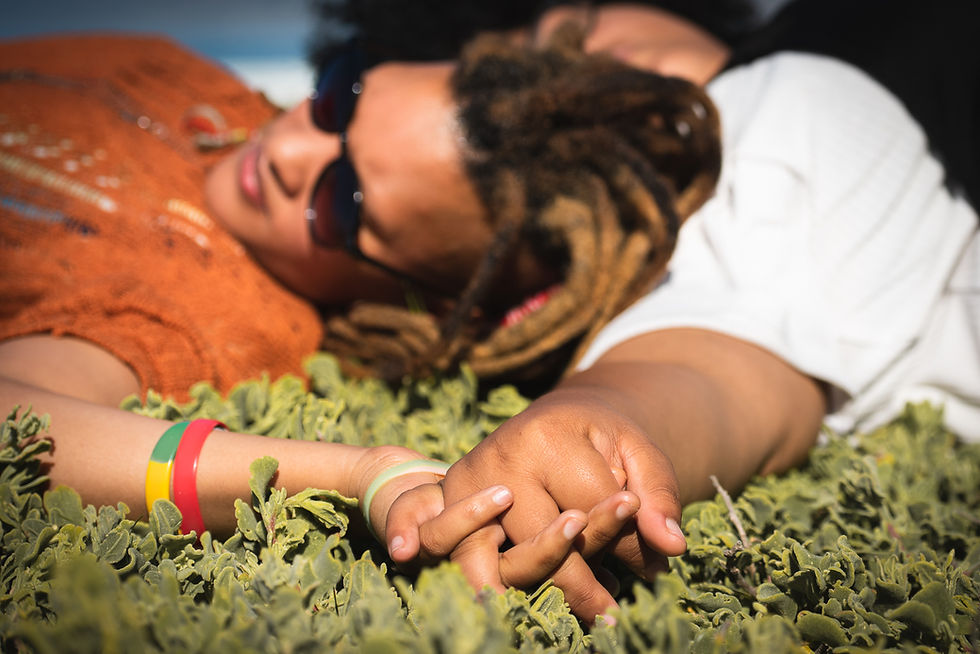Want a Better Relationship? Try Collaborative Communication
- drrodriguez07
- Jul 29, 2024
- 2 min read

It's important to continue improving your communication with your partner, especially during postpartum or after having children. Don't forget that there's always room for improvement.
By: Lisa Firestone Ph.D.
Many people have only heard the term “collaborative communication” used in the context of company culture and teamwork. It’s basically defined as a method of exchanging information that helps people work toward a common goal. Yet, it’s not just businesses that reap the rewards of this type of relating.
Studies have shown that couples who practiced collaborative communication experienced more overall relationship satisfaction. When you get into the steps of collaborative communication, it’s clear how it can be a powerful tool for improving interpersonal relationships. Here, I break down what it entails and why it makes such a difference to the quality of a relationship.
What is collaborative communication?
Collaborative communication does not just refer to the words that come out of our mouths. Rather, it encompasses all the intricate ways we communicate through tone, expression, body signals, etc. Most of us aren’t even aware of all the messages we send on both verbal and non-verbal levels. Many conflicts between couples arise from misreads, misunderstandings, and lapses in our communication.
In order for two people with two completely different minds and two complex personal histories to live harmoniously, there needs to be a certain amount of balance and understanding. Collaborative communication offers a pathway to achieve just that by helping people become more aware of all the ways they communicate and guiding them to make an effort to align themselves with the other person in order to achieve a shared understanding.
How can we cultivate collaborative communication in our closest relationships?
Communicating collaboratively means taking actions that draw our partner out and trying to understand an interaction from their perspective. Our goal is to align our state with theirs, so we get a fuller picture of their experience separate from our own. When we do this, we often have to fight our own impulses to come from a more reactive, defensive, or combative place in ourselves.
Successful collaborative communication further focuses on how we can express our own perspective in a manner where we are more likely to be heard by our partner. Enhancing our ability to communicate with more vulnerability, openness, and empathy creates more trust in the relationship. Couples can form much stronger connections where each person feels known and understood by the other.
The specific techniques we can work on to achieve this type of communication with a partner include:
Becoming a better, more attuned, and less defensive listener
Separating our past from the present
Expressing ourselves in ways that allow our partner to know and feel for us
Repairing after ruptures in communication
Communicate feedback in ways that lead to closeness rather than distance
Find pathways to calm down more effectively




Comments